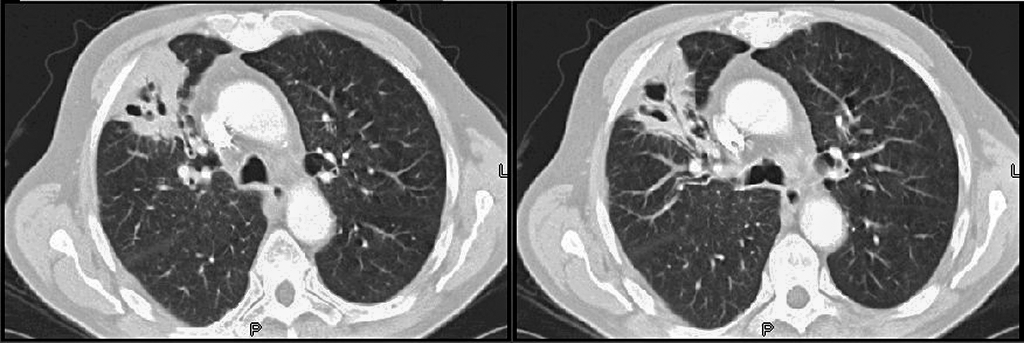
UMBC ACM Chapter Talk
Computer Aided Assessment of Pulmonary Nodule Malignancy in from Low Dose Computed Tomography Screenings
Professor David Chapman, CSEE, UMBC
11:30–12:30, Friday 11 October 2019, ITE 346, UMBC
We propose to develop a novel quantitative algorithm to estimate the probability of malignancy of pulmonary nodules from a time series of successive LDCT screenings in patients with a high risk of developing lung cancer. Lung cancer kills approximately 200,000 Americans annually and is responsible for 25% of all cancer-related deaths. Imaging with Low Dose Computed Tomography (LDCT) has been proven to reduce Non-Small Cell Lung Cancer (NSCLC) mortality by 20% and has become standard guidelines (NLST 2011a,b). These new clinical guidelines have led to hospitals, including Mercy Medical Center in Baltimore, to collect an abundance of LDCT images of high risk individuals since 2014. These LDCT images along with additional CT/biopsy and PET/CT images collected by Mercy hospital in Baltimore have now been organized into an IRB exempt clinical research dataset to use anonymous radiology imagery for the purpose of training and evaluation of improved Computer Aided Diagnosis (CAD) algorithms. Imaging biomarkers including cross-sectional diameter, calcification patterns, irregular margins, wall thickness all of which are known to have discriminating power to differentiate benign and malignant pulmonary nodules. Furthermore, temporal changes in the size and biomarker characteristics of pulmonary nodules over multiple images are also highly informative and yield greater ability to differentiate malignancy. The proposed CAD algorithm will be capable of detecting and quantifying temporal changes of imaging biomakers in order to estimate malignancy probability. The algorithm will make use of convolutional neural networks for feature extraction as well as recurrent neural networks to analyze the temporal changes in extracted features. The Mercy hospital dataset contains approximately 30,000 chest CT images. Training of the algorithm will incorporate semi-supervised learning using chest CT images from Mercy as well as the public portion of the NLST dataset. A fraction of the Mercy images will be designated for evaluation of the sensitivity and specificity of the proposed algorithm for determining nodule malignancy. Pulmonary nodules remain a challenging area for clinical management decision-making, and improved analysis of malignancy including temporal changes of imaging biomarkers have the potential to reduce patient morbidity and mortality through earlier and more accurate diagnosis.